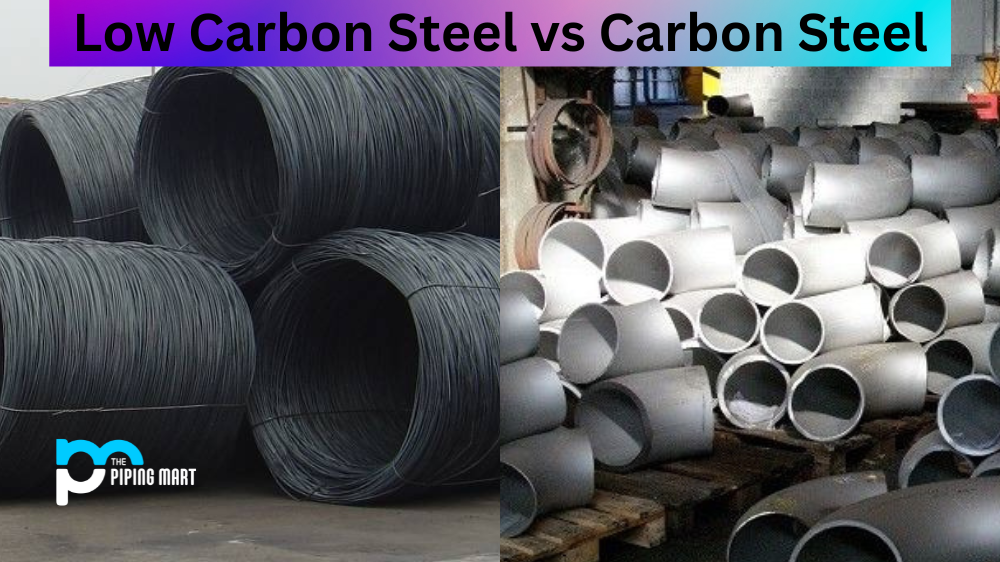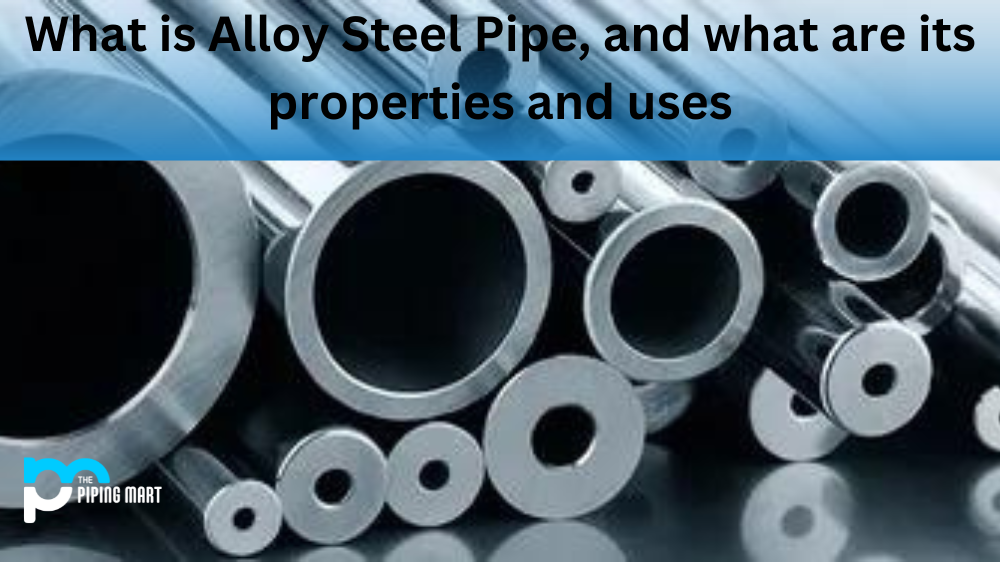When it comes to building structures, fabricating components, or creating components for machines, we need materials that are strong yet light enough to be manipulated as needed. For these types of projects, low-carbon steel and carbon steel are often used due to their strength and ability to withstand wear and tear. But what exactly is the difference between the two? Let’s take a deeper look at low-carbon steel vs carbon steel so you can make an informed decision when selecting your materials.
What is Low Carbon Steel?
Low-carbon steel is a type of metal that has an extremely low amount of carbon in it. Typically this type of steel contains less than 0.25 per cent of carbon in its composition, which makes it more malleable than other types of steel, such as medium or high-carbon steel. Low-carbon steel also has higher levels of manganese which makes it more resistant to wear and tear over time. It’s important to note that low-carbon steels aren’t as hard or strong as their higher-carbon counterparts, but they are still great for use in applications where ductility and formability are key such as machining parts or creating structures with complex shapes.
What is Carbon Steel?
Carbon steel is a type of metal alloy that contains varying amounts of other elements, such as manganese, silicon, nickel, chromium, titanium etc., but always contains at least some percentage of pure iron mixed in with the other elements. The amount of carbon present varies depending on the grade; however, most grades contain anywhere from 0.3%-2% carbon by weight in their composition, making it stronger than low-carbon steels while still retaining some degree of ductility. Carbon steels are often used in applications where hardness and strength are key factors, such as automotive parts or tools used for drilling through tough materials like concrete or rock formations.
Difference Between Low Carbon Steel and Carbon Steel
Composition
Low-carbon steel is made of iron, carbon, and manganese. The carbon content is typically less than 0.25%, but it can be as high as 0.3%. Carbon steel, on the other hand, is made of iron, carbon, and silicon. The carbon content is usually between 0.4% and 2%.
Properties
Low-carbon steel is softer and weaker than carbon steel. It is also more ductile, making it easier to form into shapes. Carbon steel is harder and stronger than low-carbon steel. It is also less ductile, making it more difficult to form into shapes.
Uses
Low-carbon steel is typically used for applications where strength is not a requirement, such as in pipes or wire products. Carbon steel is often used for structural applications, such as in bridges or buildings, or for tools and machine parts that need to be strong and durable.
Cost
Low-carbon steel is less expensive than carbon steel because it contains less carbon. Carbon steel is more expensive because it contains more carbon.
Environmental Impact
Low-carbon steel has a lower environmental impact than carbon steel because it produces fewer greenhouse gas emissions during production.
Conclusion:
By understanding the differences between low-carbon steels and carbon steels, you can make an informed decision when selecting your material for any project you may have in mind! Low-carbon steels offer good levels of formability while still being strong enough for many applications, whereas high-carbon steels offer superior strength but must be treated with care due to their brittle nature. No matter what you choose, both types can be useful additions to your toolkit! Whether you’re an engineering student looking for insights into different types of metals or a metalworker needing reliable materials for fabrication jobs, both low-carbon steels and carbon steels have something to offer!
Meet Heer, a dynamic and driven writer learning tricks of her trade in the metal industry. With a background in Digital Marketing, Heer brings a unique perspective to her writing, sharing valuable insights. Apart from blogging she like reading and hiking.




